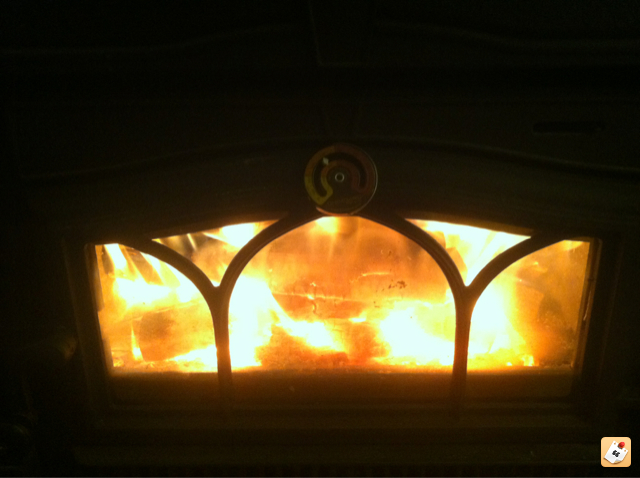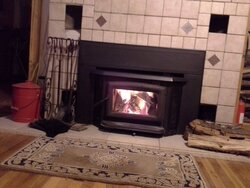I don't mind running it while I'm not home the prob is when i go to work.. If I load itI think that time factor is something to look at then. With a new appliance that you are still figuring out how to use I understand that leaving it unattended is not comfortable. With my fresstanding stove, I get a good fire going when I get home from work, load it up again before bed, and my aging dog needs to go out early enough in the morning that its also a good time to reload the stove (or maybe the dog is just cold) and finally I do a full load before I go to work.
I'm comfortable with my operation and not worried about the stove doing its thing when no one is home. Also the size of the loads I adjust so I can reload when I want to, not having to wait or try to reload on active flames.
If I only ran my stove fore three/four hours a night I would just start getting the temps I wanted and then it would be done.
Up before bed at 11 I can wake up at around 5.. There are some coals in the stove to get a fire goin again but it's cooled down a lot.. Then I load it back up before work and I won't get home for like 9 hours or so and there's really nothing left so I'm pretty much starting over again



